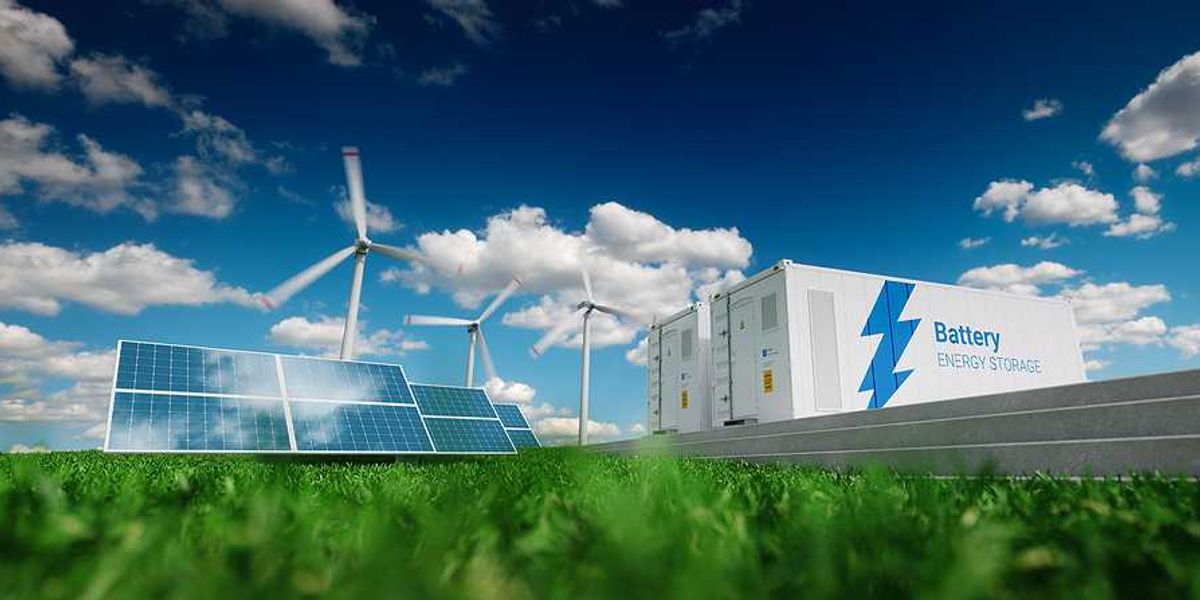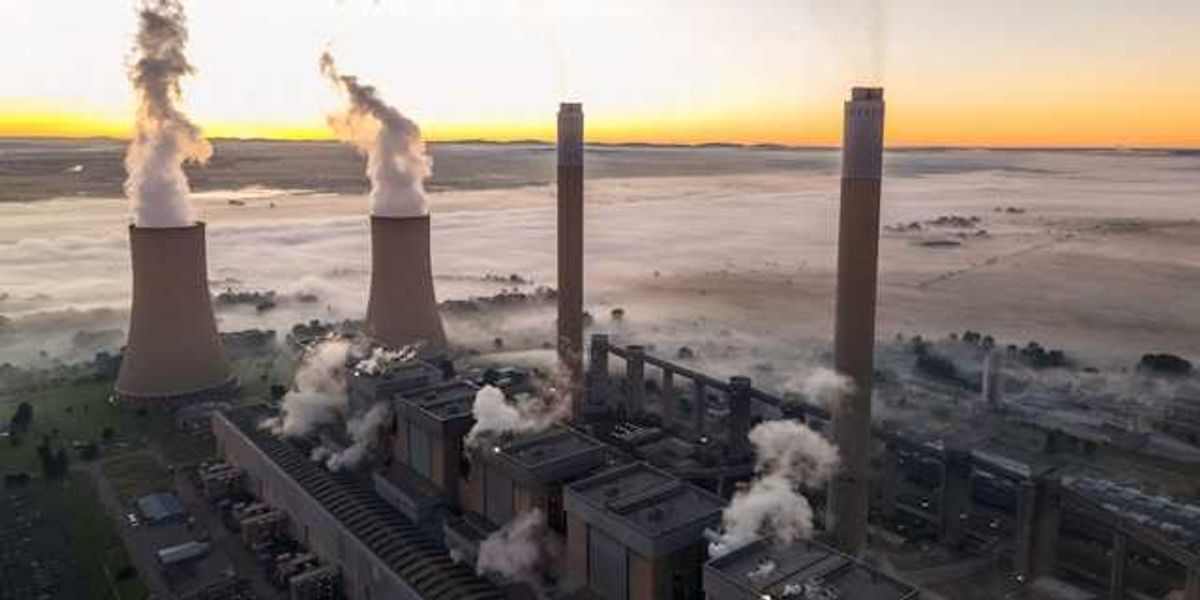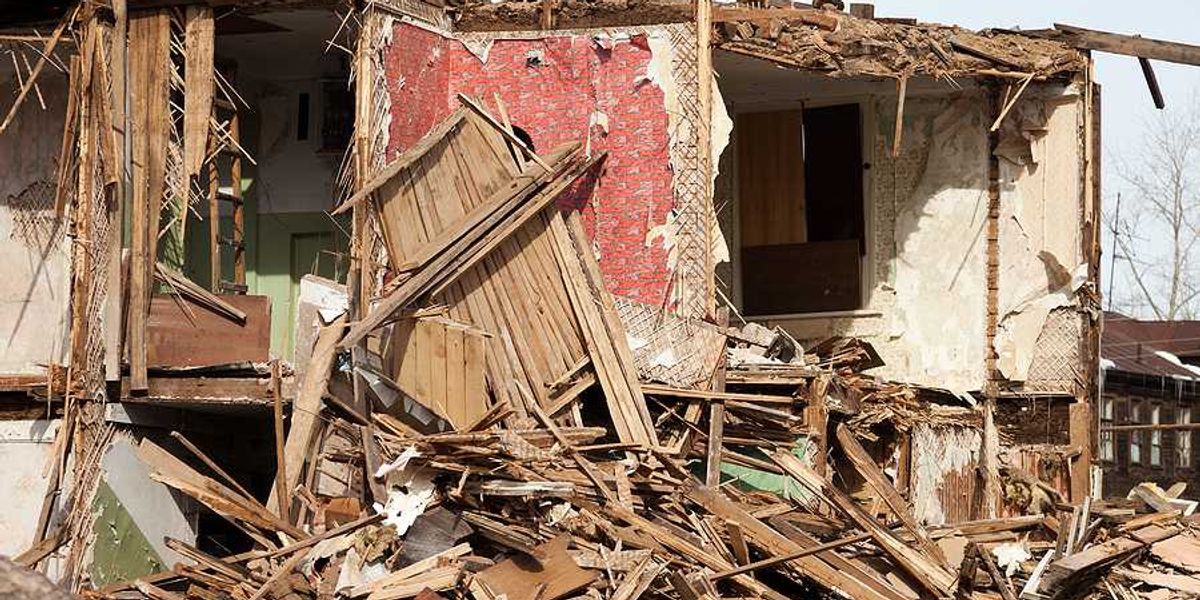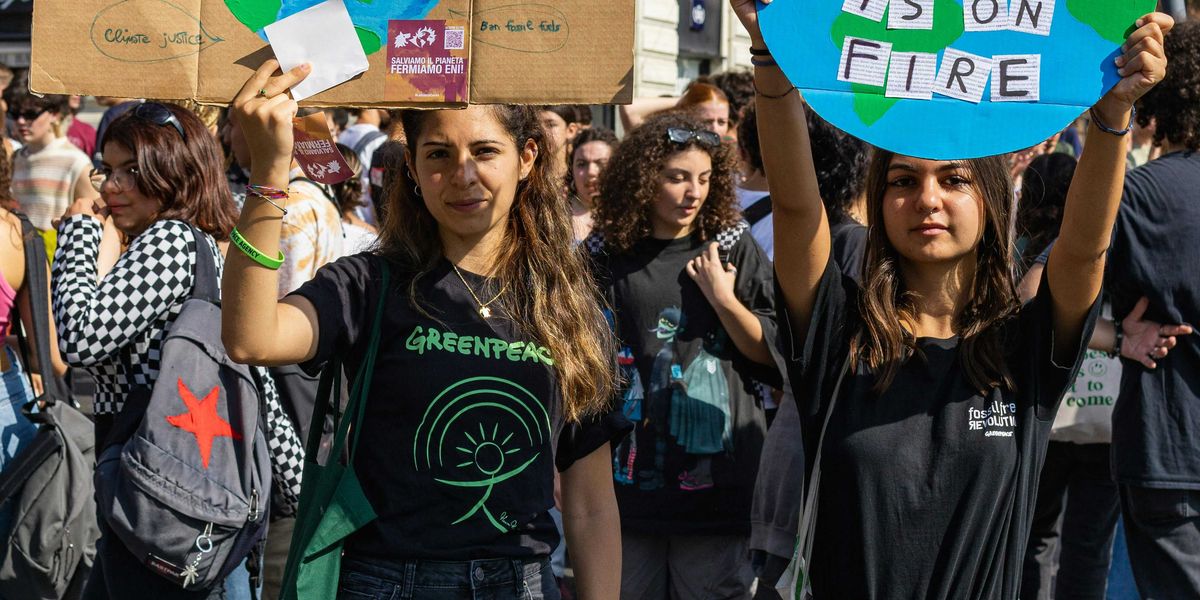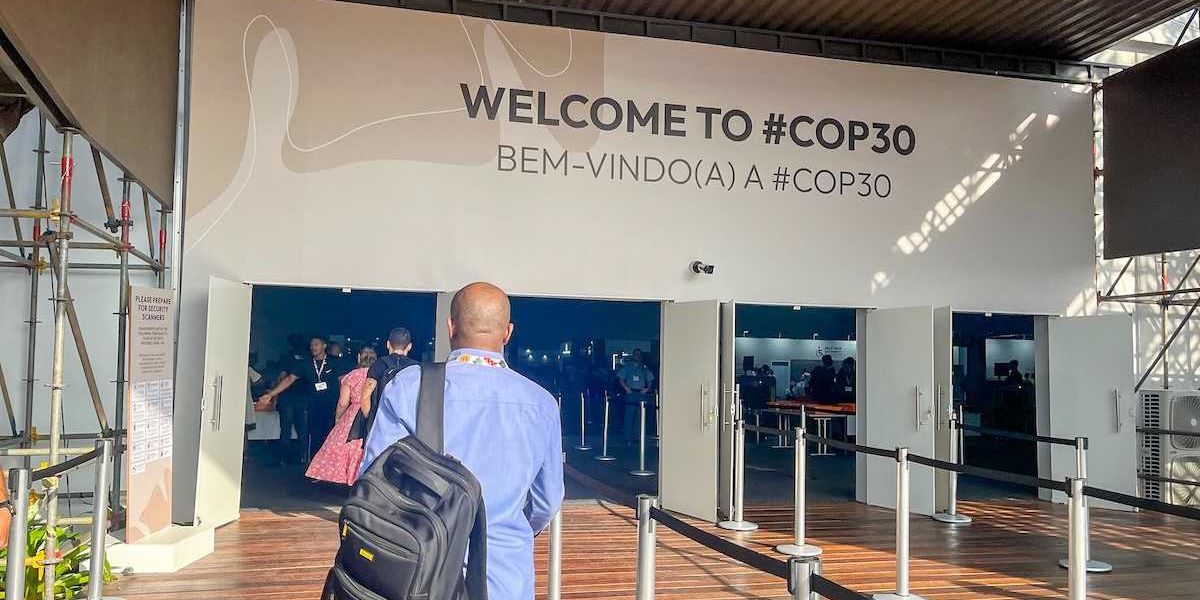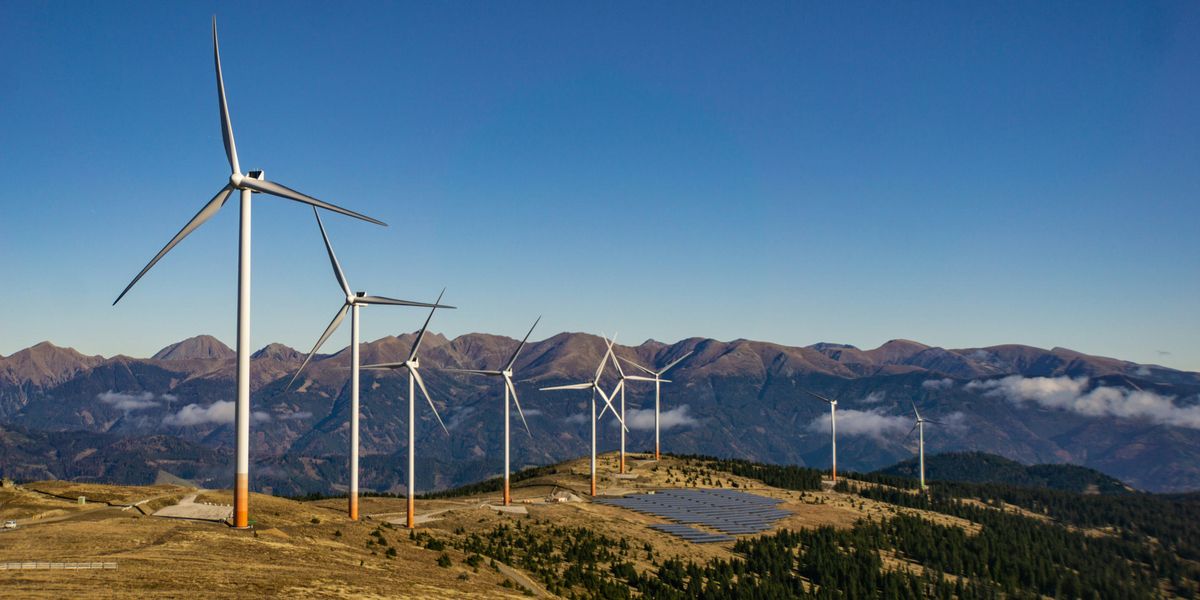
California’s wind energy permitting delays expose deeper tensions between state and local control
A California law meant to fast-track renewable energy projects has stumbled amid local resistance, leaving a major wind farm in limbo more than 650 days after applying for state approval.
Noah Baustin reports for POLITICO.
In short:
- The Fountain Wind project in Shasta County was the first to use California’s streamlined permitting process created by AB 205, but local pushback stalled progress, including changes to water supply plans that reset the state’s review timeline.
- The California Energy Commission (CEC) has only deemed four applications complete under the program, often taking nearly a year just to start the 270-day review clock. Critics say this undermines the law’s promise of efficiency and deters investment.
- Lawmakers are now considering SB 254, which would shift more permitting power to the state, lower the burden of proof for developers, and extend the program’s eligibility window to 2034.
Key quote:
“Do you think that I’m going to commit to a 10-year, multi-million-dollar development process with the risk that the county supervisors three elections down the road don’t think it’s appropriate?”
— Michael Rucker, CEO of Scout Clean Energy
Why this matters:
As California races to meet its clean energy targets, conflicts like the one surrounding Fountain Wind raise questions about how fast — and where — renewable infrastructure can be built. Though wind and solar energy are central to phasing out fossil fuels and cutting emissions, projects often face intense local opposition, especially in rural areas wary of environmental disruption and lacking direct economic benefit. These disputes can delay urgently needed grid improvements, locking in fossil fuel use, and slowing climate progress. The balance between local input and statewide action is becoming a flashpoint in climate policy, testing whether environmental goals can coexist with community concerns.


